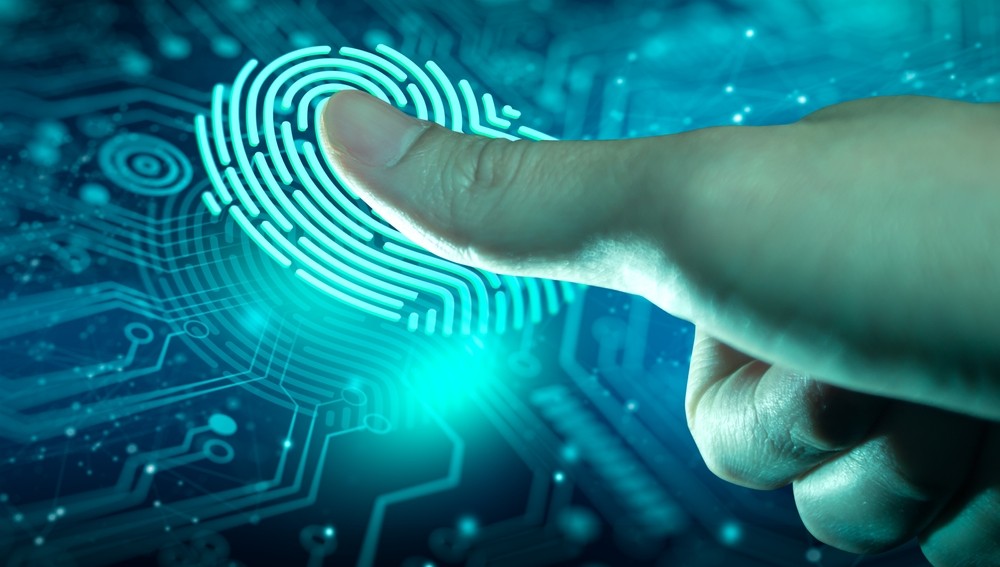Biometric security is one of the most revolutionary changes in the domain of digital protection, offering an intriguing glimpse into the future of cybersecurity. As digital devices become more integrated into every aspect of our lives, the need for robust, reliable, and user-friendly security mechanisms becomes increasingly critical. Biometrics, which leverage unique biological characteristics to authenticate individuals, promise to deliver just that.
The Basics of Biometric Security
Biometric security encompasses a range of technologies that identify and verify individuals based on their physical or behavioral attributes. Common biometric identifiers include fingerprints, facial recognition, iris scanning, voice recognition, and even behavioral traits like typing patterns and gait analysis. The premise of biometric security is relatively straightforward: since each person is unique, using a personal physical characteristic as a password ensures a higher level of security than traditional alphanumeric passwords.
Biometric data is captured through sensors and matched against stored templates within databases. The system evaluates the match against an acceptable threshold to either grant or deny access. These systems offer distinct advantages over traditional security measures, paving the way for increasingly secure and seamless authentication processes.
Enhancing Security Through Unique Identifiers
Biometrics revolve around the principle that no two individuals share the same physiological or behavioral characteristics. This uniqueness provides an unparalleled level of security compared to standard password systems. Passwords can easily be forgotten, guessed, or stolen, exposing users to cyber threats. In contrast, biometric data is inherently linked to an individual and is not easily transferable or replicable.
For instance, fingerprint sensors have now become commonplace on smartphones, laptops, and other personal devices. Their proliferation underscores the demand for more secure authentication methods that balance user convenience and rigor. These sensors read the ridges and patterns of an individual’s fingerprint and match them against pre-stored records, allowing quick and secure access without the need for memory-based passwords.
Convenience and User Experience
One of the fundamental advantages of biometric security is the improved user experience it provides. Users seek frictionless and intuitive methods of accessing their devices and digital services. Biometric authentication, in this context, is a game-changer. By eliminating the need for numerous complex passwords, biometric systems streamline the login process and significantly reduce user frustration.
Facial recognition technology, often used in smartphones and laptops, serves as a prime example. Users simply need to glance at their device and are granted access almost instantaneously. This hands-free authentication method not only speeds up device usage but also reduces physical contact with devices, a notable hygienic benefit in a world increasingly mindful of germ transmission.
Challenges and Concerns
While biometric data offers numerous advantages, it is not without its challenges and potential pitfalls. Privacy concerns rank high on this list. Biometric data is sensitive, and its misuse can lead to significant personal and financial repercussions. Unlike passwords, which can be changed if compromised, biometric data is immutable. This fact raises valid concerns regarding how biometric information is stored, processed, and protected against unauthorized access or breaches.
Moreover, the risk of biometric data spoofing and fraud, though relatively minimal, is a genuine concern. Hackers and cybercriminals continually develop sophisticated means to bypass security systems, and biometric technology is not immune to such advances. For example, researchers have shown how 3D-printed fingerprints or high-resolution photographs can potentially dupe fingerprint or facial recognition systems, though these methods typically require significant expertise and effort.
To address these issues, the industry is investing in multifactor authentication, combining biometric security with other forms of verification such as passwords or one-time codes to build more resilient systems. The use of encryption and secure storage solutions is further ensuring that biometric data is adequately protected.
Expanding Beyond Personal Devices
Biometric security is not confined to personal devices like smartphones and laptops. It is rapidly expanding into various fields, enhancing security and user experience in numerous settings. In the banking sector, biometrics are used for secure transaction verification and access to banking apps. Customers can authorize transactions by scanning their fingerprint or face, greatly enhancing ease and confidentiality in conducting financial activities.
Airports and border controls have also adopted biometrics to streamline passenger check-ins and immigration processes. Facial recognition and iris scanning allow for faster, more efficient processing of travelers while simultaneously strengthening security measures. These technologies reduce wait times and enhance the overall passenger experience.
In healthcare, biometric systems ensure that sensitive medical records are accessible only to authorized individuals, safeguarding patient privacy and security. They also aid in patient identification and the prevention of medical fraud.
Businesses have begun incorporating facial recognition and fingerprint access systems to control physical entry into facilities, replacing ID cards and keypads. Such implementations not only boost security but also provide comprehensive access logs for organizations seeking to tighten access controls.
- Education: Schools and universities utilize biometric attendance systems to track student presence, ensuring accountability and enhancing efficiency.
- Retail: Retailers are leveraging biometrics to offer personalized shopping experiences, enabling seamless payments, and managing customer loyalty programs.
- Law enforcement: Agencies use biometric databases to track and identify individuals involved in criminal activities, enhancing public safety and investigation processes.
The Future of Biometric Security
As technology advances, biometric systems will continue to evolve and improve. Emerging technologies, such as sensor capabilities and artificial intelligence-driven analytics, will enhance the accuracy and reliability of biometric identifications. Ongoing research is exploring the fusion of multiple biometric modalities—such as combining voice, face, and fingerprint recognition—to strengthen authentication processes.
Moreover, new forms of biometrics are under development, including thermal imaging and DNA-based identification. Integrating these next-generation solutions could further cement biometric security as the pinnacle of digital protection.
Developers are also focusing on refining privacy-preserving technologies, like differential privacy and homomorphic encryption, to ensure user data remains confidential and secure throughout all stages of processing. These technologies could allow for reliable biometric authentication without compromising personal privacy or trust.
Advancing Regulations and Standards
With the increasing adoption of biometric technologies, establishing comprehensive regulations and industry standards is paramount. Governments and regulatory bodies worldwide are considering frameworks to govern the ethical use and protection of biometric data. The aim is to balance technological innovation with privacy rights and prevent discrimination or misuse.
Several regions have already implemented legislation addressing biometric data usage and protection, reflecting the broader awareness and proactive measures being taken to safeguard consumers and businesses alike. As legal landscapes continue to evolve, organizations operating within the biometric space must remain vigilant and adapt to these guidelines to ensure compliance and build consumer trust.
Biometric security is undeniably transforming how we protect and access our devices today. Its blend of convenience, security, and personalization makes it one of the most promising advancements in the realm of digital security. While challenges persist, ongoing innovations and regulatory frameworks aim to address these issues, paving the way for a future where biometric authentication is seamless, secure, and an integral part of our daily digital interactions.



